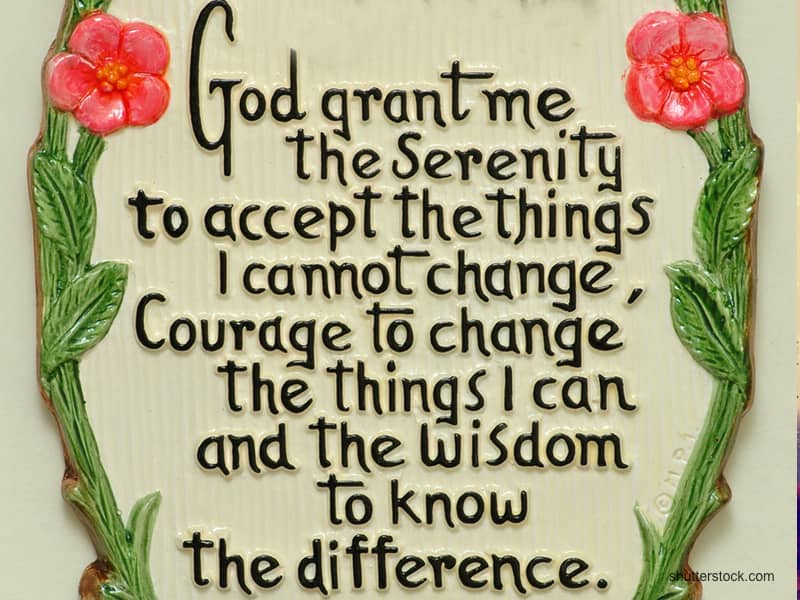The arena was my friend Lydia's house in our small town in upstate New York, and the participants were myself and six other middle-aged-to-older Jews, sitting around a table eating rugelach and clementines as we attempted to master alephs, bets, and gimmels in what our synagogue had billed as a Hebrew Marathon.
The promise was that you could start the day knowing not a single letter of the Hebrew alphabet--that was me--and, eight hours later, you would walk out of the room with some kind of workable reading knowledge of the language. This seemed highly improbable, even though I had heard that Hebrew was a user-friendly language. Unlike English, where words like "bow" and "bough" are pronounced the same but are spelled entirely differently from each other, Hebrew is phonetically driven. In other words, things are what they seem to be.
Still, the assignment--if we should choose to accept it--seemed quite impossible. Seven Jews x 22 consonants in eight hours? It didn't add up. It was fuzzy math if ever there was such a thing.
But wait, said Lydia, who had herself learned Hebrew as an adult, after the birth of her two children, and then went on to become one of the most erudite Jews I have ever encountered. This can be done, she assured me, thanks to the nationally recognized curriculum called "While Standing on One Foot," developed by Rabbi Noah Golinkin, originator of the Hebrew Literacy Campaign.
As with that apocryphal convert, we too came to study and, to some extent, to fulfill Rabbi Golinkin's great hope and dream that every Jew the world over would one day learn to read Hebrew. It is a marvelous dream, isn't it? But Rabbi Golinkin hadn't met our ragtag group.
There were five women, all of a certain age, and all with a good excuse--many women of their age were never given sufficient opportunity to learn Hebrew when they were younger. There was another guy who'd had a bar mitzvah but didn't remember anything. And then there was me, who had never even been bar mitzvahed. I had last dabbled in Hebrew at what our Reform synagogue called "Sunday School," circa 1960, where no one ever wore a yarmulke, tallesim were nowhere in sight, and the wearing of tefillin probably would have gotten you arrested.
I was a Sunday School dropout by the age of 10, with nary a Hebrew letter under my belt, and it was more than a decade before I set foot in a shul again. I married into a family where there was a lot of Judaism, a lot of Hebrew, a lot of Yiddish, and a lot of chicken.
Miraculously, less than a year ago, I got involved in the formation of a new shul, for which I am currently serving as a board member. I've been going to shul more Saturday mornings than not, and while I find it very involving, I have become acutely aware that I can't read a word of Hebrew. Make that a letter of Hebrew. Which is how I came to be at the marathon.
Once we all got our coffee and nosh, my fellow students and I took out our workbooks and began from the beginning...which, I soon learned, is aleph, the first letter of the Hebrew alphabet. And did you know that aleph is always silent? I never did, until that moment.
The volume at which such discoveries were hitting us bred a good deal of nervous energy in the room. It is not easy and, in fact, potentially embarrassing to be learning something entirely and radically new at our age. One is not quite so confident about the brain cells as one was, let's say, when one learned to drive 34 years earlier. And some of my fellow classmates did seem to be having a spot of difficulty absorbing the material.
But I was into it. I love being a student. I wanted to be the best in the class, so I paid careful attention, and before I knew it, I was ripping my way through the vowels and was leading the cheer each time as we mastered a new letter, starting at aleph and going on through bet, gimmel, dalid, hay, vav, and so forth.
So, with my gimmels, vavs, and dalids under my belt, what would my future be? The curriculum urges a follow-up class of six weekly sessions using Golinkin's other textbook, "Shalom Aleichem," for which I was game. He also stressed the need for practice--20 minutes per day, doable in any schedule. And the fact that Hebrew is a relatively easy language to learn, with this excellent curriculum to teach it, makes widespread Hebrew literacy a real possibility for Jews.
That night, I went home and read from the prayer book for my wife and my son, who had his bar mitzvah a year and a half ago. I remembered how my wife spent 10 minutes every morning with my son during the year before his bar mitzvah, teaching him his lessons. Now they listened to me, as I stumbled through a line of the morning prayers. My wife was beaming. My son found it hilarious. Of course, Genesis tells us that Avraham found it hilarious when he discovered that his 90-year-old wife, Sarah, was pregnant. So, as Avraham laughed, my son laughed. And so did I. Because, wonder of wonders, suddenly I was a Hebrew-reading wonder...after just one day.

